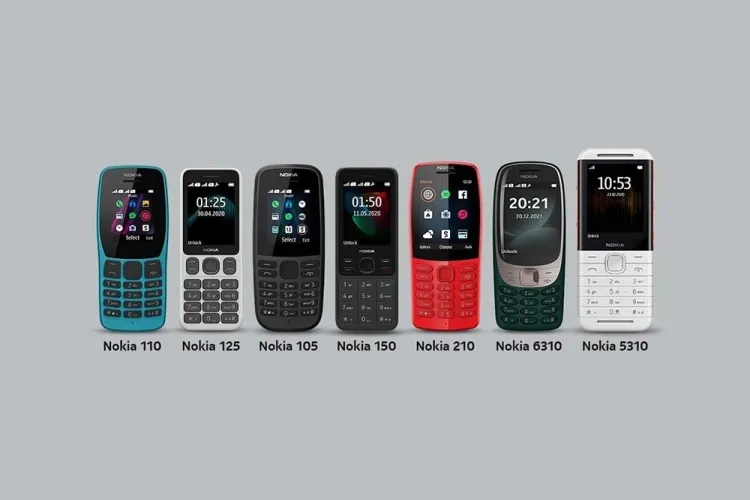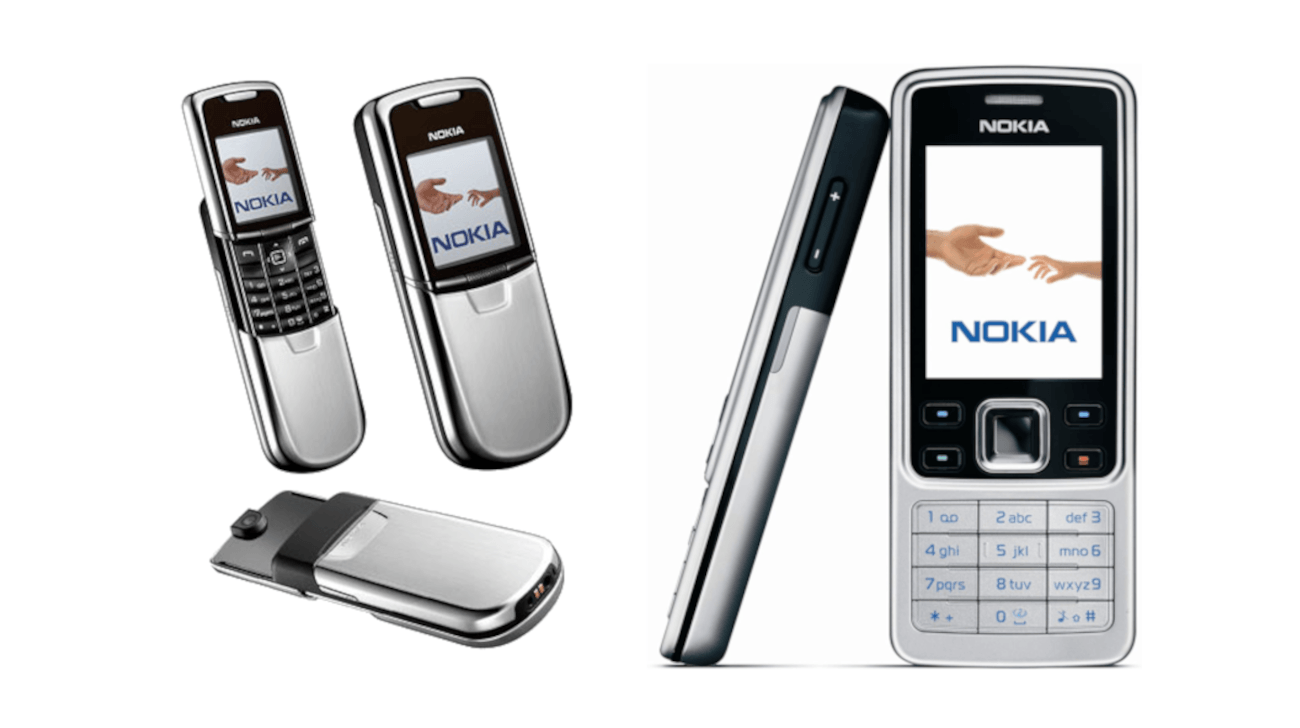Nokia: A Journey of Innovation and Transformation...!!!
Nokia, a Finnish multinational corporation, boasts a rich history that spans over 150 years. Founded on May 12, 1865, as a modest paper mill operation by mining engineer Fredrik Idestam, Nokia has transformed into a global leader in telecommunications, information technology, and consumer electronics.

Early Beginnings and Expansion
Nokia's journey began in the town of Tampere, Finland, where Fredrik Idestam established a ground wood pulp mill on the banks of the Tammerkoski rapids. In 1868, Idestam built a second mill near the town of Nokia, located 15 kilometers west of Tampere. The name "Nokia" is derived from this town and the nearby Nokianvirta River. In 1871, Idestam and his friend Leo Mechelin transformed Idestam's enterprises into a public limited company called Nokia Ab.
During the late 19th century, Nokia expanded its operations and diversified its product offerings. In 1896, Mechelin persuaded shareholders to allow the company to enter the electricity business, leading to Nokia's commencement of electricity generation in 1902. This diversification laid the foundation for Nokia's future growth and success.
Mergers and Acquisitions
In the early 20th century, Nokia continued to expand through strategic mergers and acquisitions. In 1932, the Finnish Rubber Works acquired the Nokia Company, which was nearing bankruptcy. Additionally, the Finnish Rubber Works acquired Suomen Kaapelitehdas Oy (Finnish Cable Works) in 1932, further strengthening Nokia's position in the industry.
In 1967, Nokia Corporation was formed through the merger of Nokia Ab, Suomen Gummitehdas Oy (Finnish Rubber Works), and Suomen Kaapelitehdas Oy (Finnish Cable Works). This merger marked a significant milestone in Nokia's history, consolidating its various operations under a single entity.
Entry into Telecommunications
Nokia's entry into the telecommunications industry was a pivotal moment. In 1979, Nokia formed Mobira Oy, a mobile phone company, which later became the Nokia Mobile Phones division. In 1981, Nokia played a key role in developing the Nordic Mobile Telephone (NMT) network, the first international cellular system, marking its entry into the mobile telephony industry.
In 1982, Nokia acquired Mobira, and in 1986, it marketed its first mobile telephone internationally. The first Nokia digital cellular phone hit the market in 1993, and by 1998, Nokia had surpassed Motorola as the world's leading maker of mobile phones. This period marked Nokia's dominance in the mobile phone market, holding a significant global market share.

Challenges and Transformation
Despite its success, Nokia faced challenges in the late 2000s, including increased competition and market shifts. In 2014, Nokia's mobile phone business was sold to Microsoft, and the company shifted its focus to telecommunications infrastructure and Internet of Things (IoT) technologies. This transformation marked a new chapter in Nokia's history, as it adapted to changing market dynamics and technological advancements.
Recent Developments and Future Outlook
In recent years, Nokia has continued to innovate and expand its portfolio. The company has focused on large-scale telecommunications infrastructure, technology development, and licensing. Nokia has also ventured into virtual reality and digital health through acquisitions and partnerships. The Nokia brand returned to the mobile and smartphone market in 2016 through a licensing arrangement with HMD Global, further solidifying its presence in the industry.
As of 2023, Nokia remains a leading player in the telecommunications and technology sectors, with a strong emphasis on innovation and growth. The company continues to invest in research and development, collaborating with international partners to develop new standards and technologies. With a global presence and a commitment to excellence, Nokia is poised to shape the future of telecommunications and technology.
Nokia's journey from a small paper mill operation to a global telecommunications giant is a testament to its resilience, innovation, and adaptability. The company's ability to navigate market challenges and embrace new opportunities has been key to its success. As Nokia continues to evolve and expand, it remains a symbol of Finnish ingenuity and a pioneer in the world of telecommunications and technology.
What's Your Reaction?

















